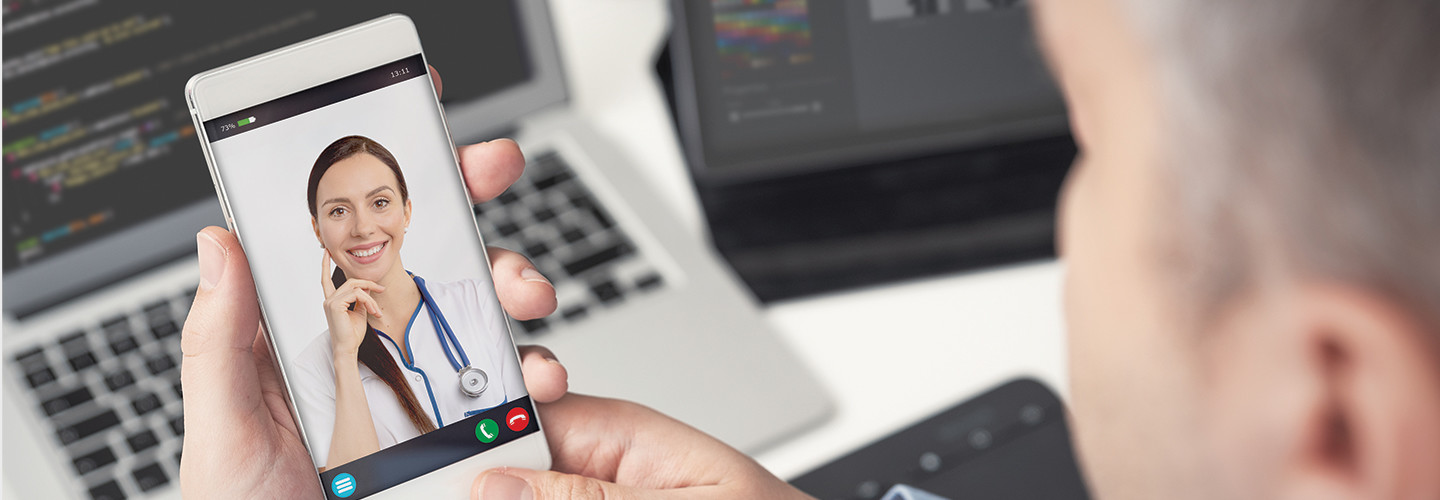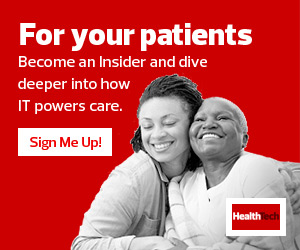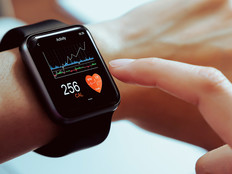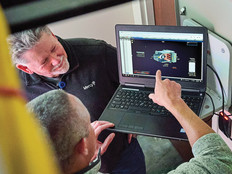Secure Remote Devices and Network Access Tools
IT decision-makers need to ensure their organizations deploy tools with the appropriate levels of security, says Coleman. “You should be protecting the integrity of the processes they’re using to collect information.”
That takes on added importance as administrative and clinical staff continue to work remotely and patients continue to log on for virtual visits, he notes.
For example, remote monitoring devices should support regular software updates, which will ensure patches are installed and security gaps filled. In addition, medical devices, along with corporate laptops and smartphones, should connect only to protected Wi-Fi networks, while enterprise systems should require strong passwords and two-factor authentication.
RELATED: See why healthcare providers are adopting zero trust.
Make Security a Top Priority in Your Healthcare Organization
Responding to physical threats is a core part of hospital operations, and addressing cybersecurity should be as well.
“It has to be seen as a priority for the organization, just like a mission statement,” Coleman says. “People should embrace cybersecurity as a part of corporate culture, and not just another box to check.”
Just as hospital employees are prepared to respond to a fire or work in inclement weather, they should also know how to proceed in the event of a data breach or ransomware attack. That means planning for cybersecurity response can’t be limited to policies only, says Coleman; plans also need to include training processes, such as whom to report a malicious link to, how to check security settings and how to run a virus scan.
Healthcare Staff Have a Key Role in Risk Reduction
Investing in people involves more than just hiring the best and brightest. It also requires motivating employees to stay abreast of major threats and take simple steps to avoid them, Coleman says.
Organizations also need to understand that recent shifts in remote work, online learning and virtual care have made people more aware of how to safely use emerging technology, he adds. “We’re all adapting to new technology due to COVID-19, and we’re not going back anytime soon.”










